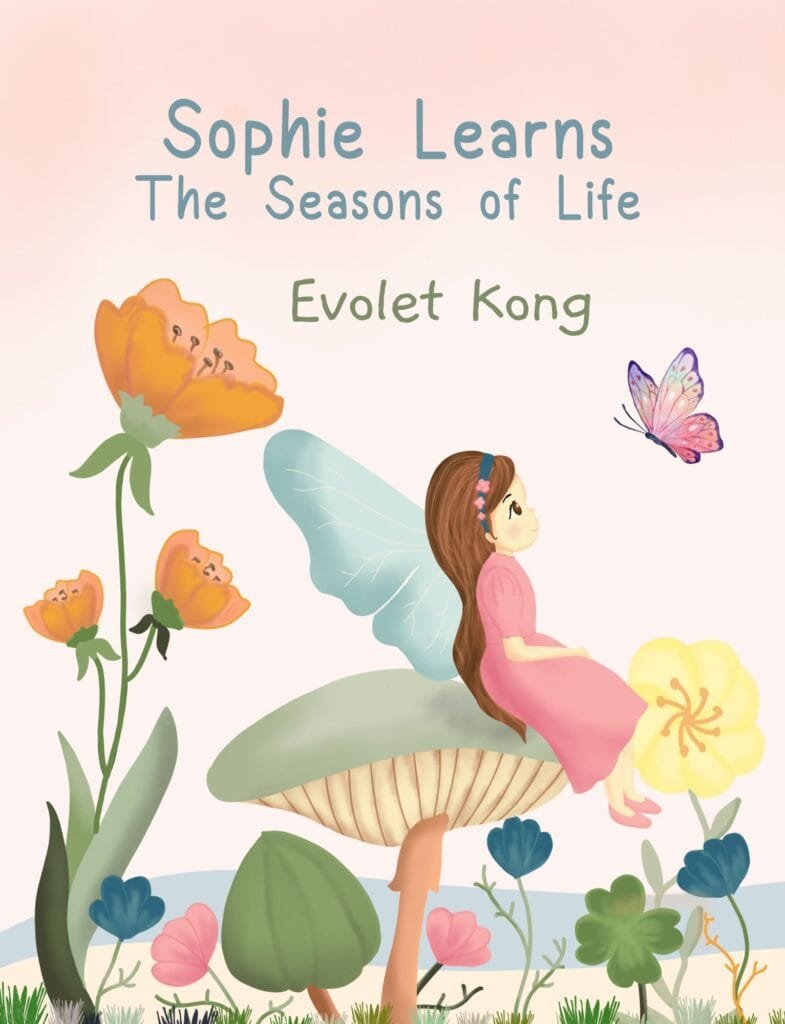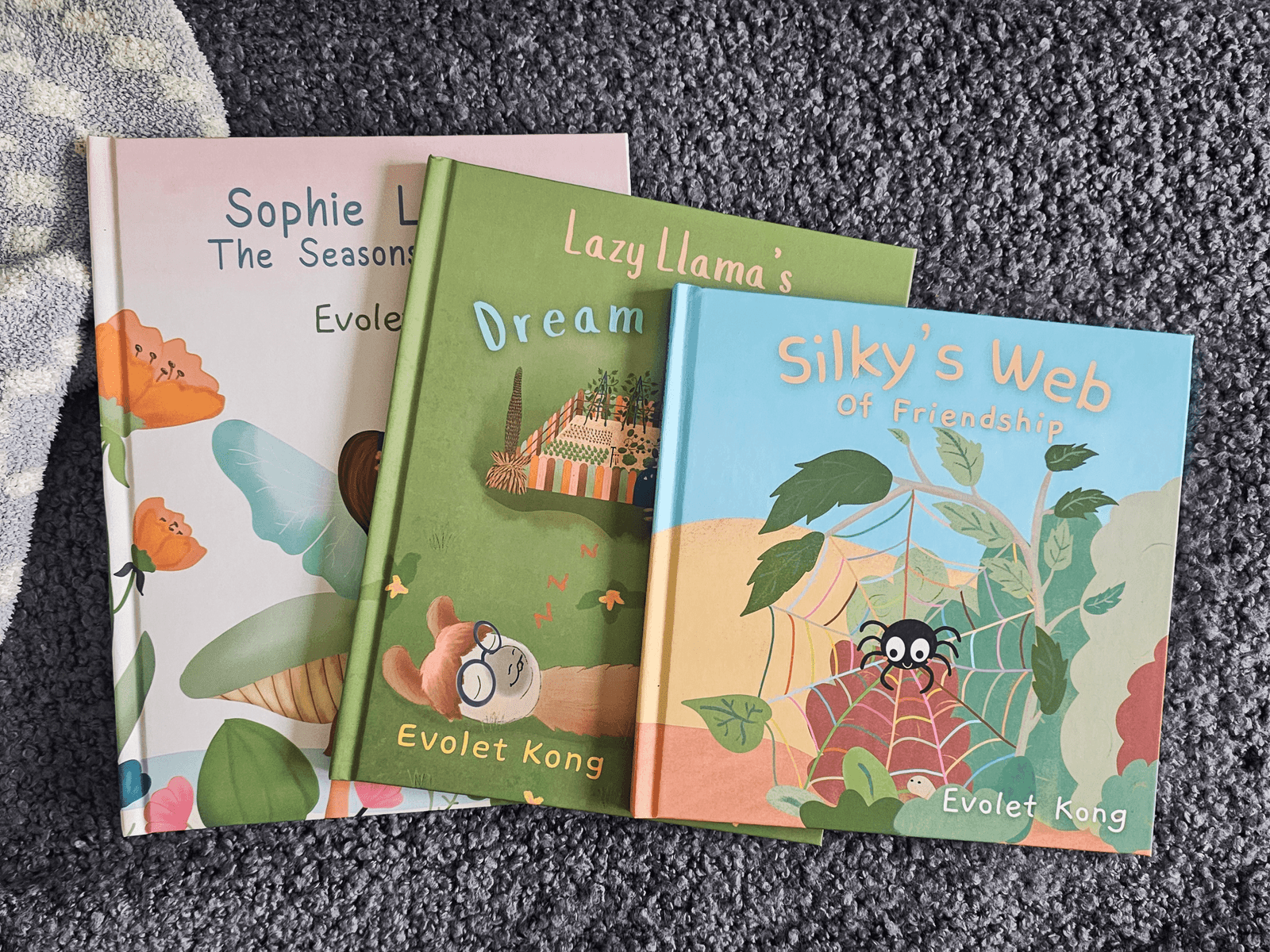
Books are amazing tools to create deep, meaningful connections with our kids. Beyond the story, they give us a chance to explore emotions, ideas, and even silly thoughts together.
Here’s how you can use books to start conversations that go beyond the pages:
1. Pause and Ask Questions
Reading doesn’t have to be a one-way activity. When you pause to ask questions, it turns into a fun, shared experience. Plus, it helps kids think critically and engage with the story on a deeper level. Try these:
- What do you think will happen next?
- Why do you think the character made that choice?
- If you were in their shoes, what would you do?
- What do you think the character learned in this part of the story?
- Does this remind you of something you’ve done before?
These questions encourage curiosity and help kids develop empathy by thinking about different perspectives.
2. Relate to Their World
Stories often mirror real life, and kids love connecting what they’re reading to their own experiences. Look for ways to bridge the book and their world by saying things like:
- Have you ever felt the way this character does?
- This part of the story reminds me of the time we [insert memory].
- Does it remind you of anything?
- Do you think we could try something like this in our lives? (e.g., planting a garden, building a fort, or helping a friend)
- What would you tell the character if you could talk to them?
These connections help your child see the world through new eyes and feel more connected to the story and their own experiences.
3. Explore Emotions Together
Books are full of feelings—joy, fear, excitement, sadness—and they offer a safe way to talk about emotions. When a character feels something strongly, pause and ask:
- Why do you think they’re feeling this way?
- Have you ever felt like that? What did you do?
- What do you think could help the character feel better?
- Can you show me what their face might look like right now?
This builds emotional intelligence and helps your child understand their own feelings (and others’!).
4. Dream and Imagine Together
Let books inspire creativity and big ideas! Use the story as a springboard for imaginative play or daydreaming:
- If you could step into this story, what would you do first?
- What do you think happens after the book ends?
- If you could create your own character, who would they be?
- What would it be like to live in this story’s world?
These conversations can spark hours of pretend play and open up endless possibilities for creative thinking.
5. Follow Their Lead
Sometimes, kids will surprise you with their thoughts or questions. If they point out something in the illustrations or make an unexpected connection, follow their curiosity. You might ask:
- What made you notice that?
- Tell me more about what you’re thinking!
- That’s such an interesting idea! What makes you say that?
Letting them take the lead shows that their ideas matter and makes them feel valued.
The best part about using books to spark conversations is that there’s no right or wrong way to do it. Just enjoy the time together and follow where the story and their imagination takes you.
These little moments can turn an ordinary bedtime story into a memory that lasts forever.







